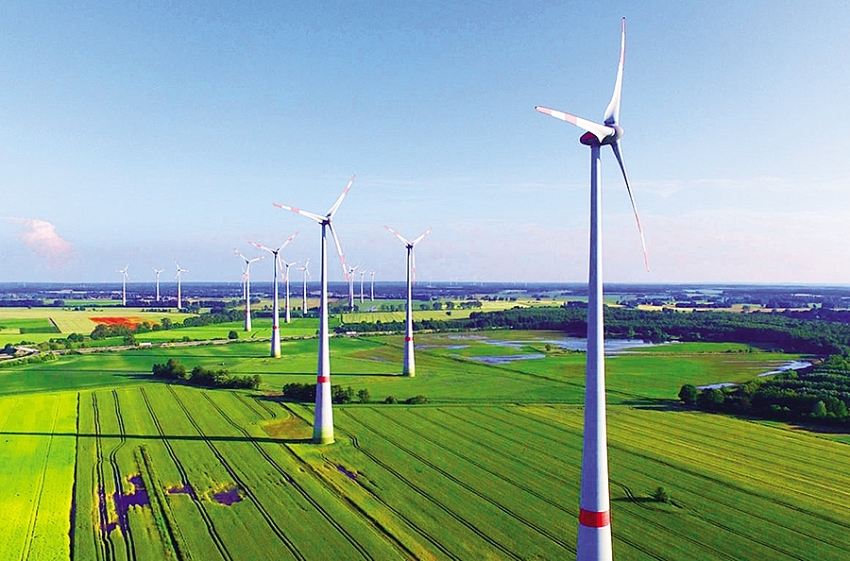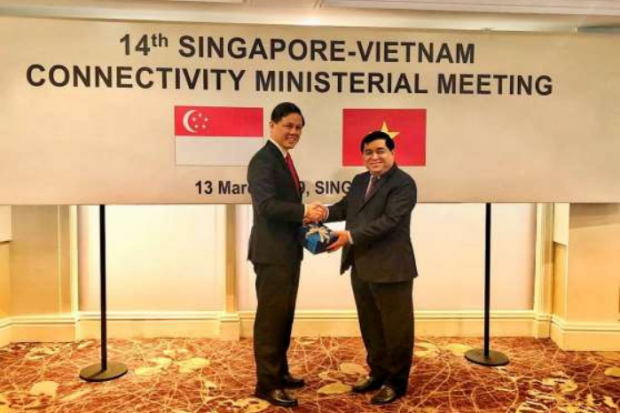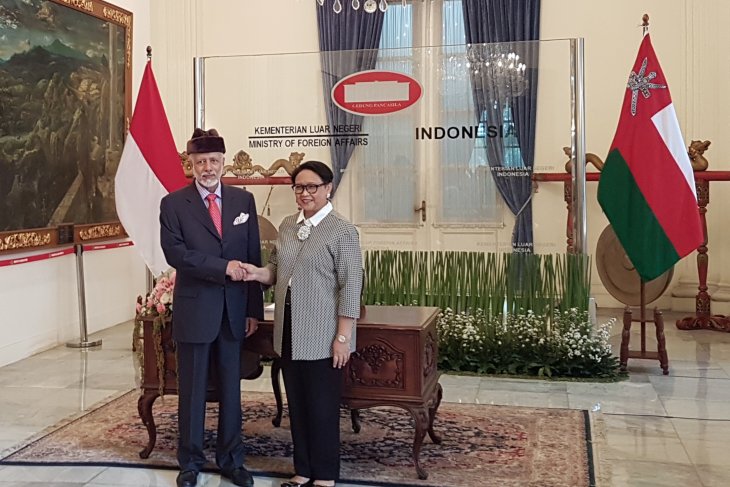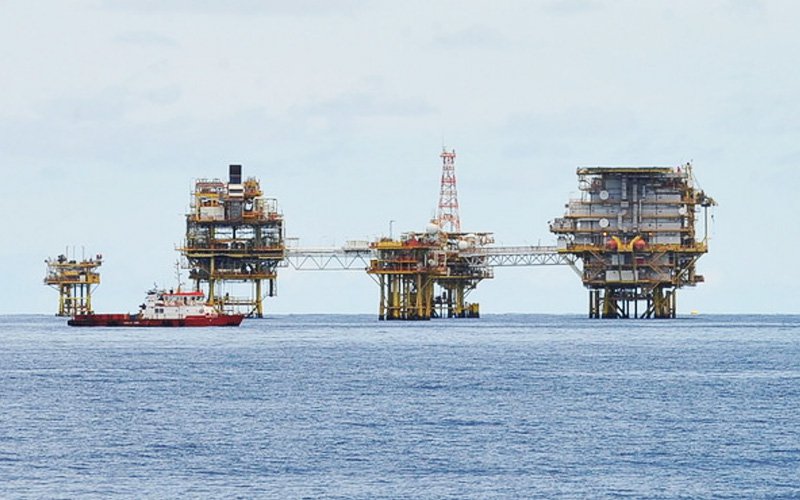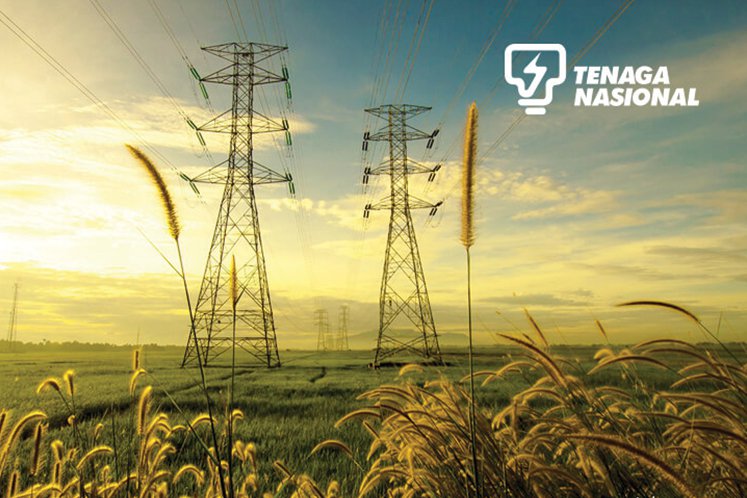- Renewables
–
- Vietnam
During the Vietnam Wind Energy Summit 2019 held in Hanoi on March 13, Nguyen Quang Minh, deputy head of the Power System Department under the Electricity Regulatory Authority of Vietnam, asserted that the country has considerable potential for wind power development through both medium and small – sized wind turbines.
Minh added that central and southern coastal areas have the highest potential to expand wind power projects, stressing that huge potential remains for offshore wind power.
He noted that at present there are seven wind power plants operating across the country with a combined capacity of 270 MW. Furthermore, there are as many as 11 provinces, mostly located in the central and southern regions, which have technical wind potential aggregating to 23,000 MW. To date, the total capacity of wind power projects approved in these localities has only reached 4,000 MW.
Under Decision 39/2018/QD-TTg by the Prime Minister dated September 10, the feed-in tariff (FiT) for wind power increases from US cents 7.8/kWh to US cents 8.5 for onshore generation, and a further US cents 9.8 for offshore, respectively. This decision took effect as of November 1, 2018.
Since the decision came into force, local competent authorities have received a number of proposals on how to enact wind power projects. Currently up to 7,000 MW have been submitted for approval to the power master plan.
According to Minh, there are big opportunities to expand the wind power market which is poised to benefit from a string of favourable conditions.
He said that the domestic demand for electricity is estimated to rise by 10.6 per cent by 2020, 8.6 per cent by 2025, and 7.4 per cent by 2030. The country has shelved plans to construct nuclear power plants while traditional power plants are suffering as progress on their development stalls.
However, vague legal regulations pose an obstacle for the expansion of wind farms.
Minh pointed blames for the unclear clauses and subsequent implementation of the Planning Law. He noted that under Decision No.39, FiTs are valid until November 1, 2021 without short- or long-term rates, while there is a lack of a national body empowered to take on a strong control function.
A limited connection capacity and network also remains another issue as there exists a conflict over defining the priority to which solar and wind power projects would being added first to the power master plan, Minh said.
There is also a lack of equipment and service providers and technical standards set on the equipment used in wind energy, he stressed.
According to Le Hoang Nam of the Power Market Department of Vietnam Electricity group (EVN), the country, in the light of the revised Power Master Plan VII, is projected to increase its total wind capacity to 800 MW by 2020. The figure is set to climb to 2,000 MW by 2025 and 6,000 MW by 2030.
However, the total capacity of wind power projects that operate in accordance with the power purchase agreements signed by the power project developers and the EVN has so far amounted to 834.2 MW.
Manchang Wang, Chairman of the China-based CSIC Haizhuang Windpower Co., Ltd, said his firm wishes be part of the bright future ahead for the country’s wind power market.
Currently the country’s wind power market is undergoing a period of rapid growth. However, it is facing several challenges, including capital mobilisation, facilities and equipment, and engineering, Wang said.
He underscored the need to provide customized services to wind power projects.
The businessman noted that Vietnam is home to some of the biggest wind resources in Southeast Asia, adding that the country is also a potential market for large-scale expansion of offshore wind power farms while local onshore wind power projects are still listed in the IEC (International Electrotechnical Commission) III category.
He mentioned that although the cumulative installed capacity remains small, his firm believes that the above-mentioned three figures, as stated in the revised Power Master Plan VII, can be fully fulfilled thanks to a range of factors. These include huge wind potential, relatively appropriate electricity tariff policies, and clear planning by the Government.



